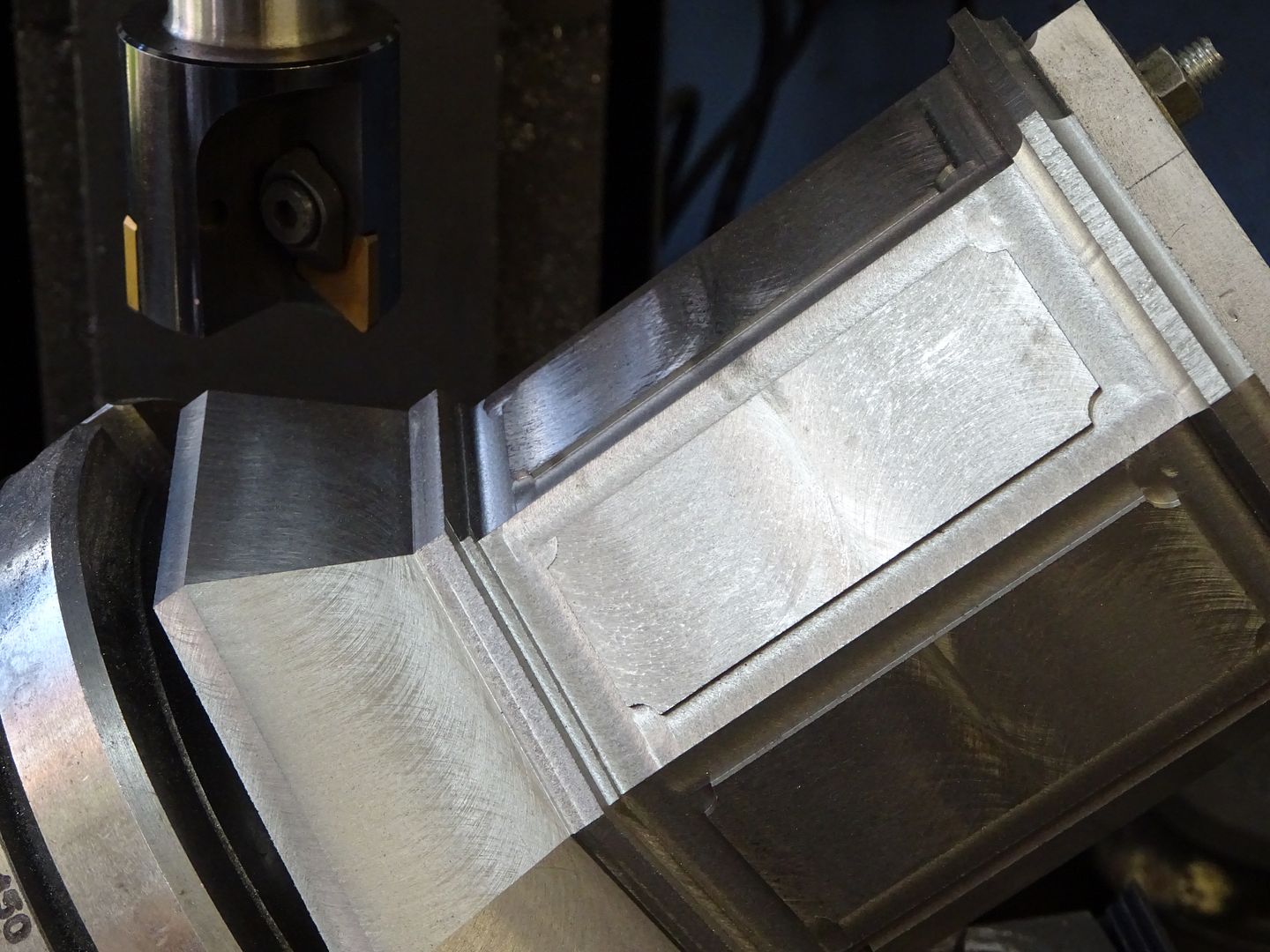methuselah1
Well-Known Member
- Joined
- Jan 28, 2020
- Messages
- 185
- Reaction score
- 51
Hello Chaps! I'm building one of these engines, and I wonder if anyone has any advice regarding the lower covers? I have cut the steel, I've purchased the half-round brass beading, but I haven't worked out how to actually DO it! Of course, if anyone can let me have a copy of the EIM article(s) that would be extra cool!
-Andrew UK
-Andrew UK








